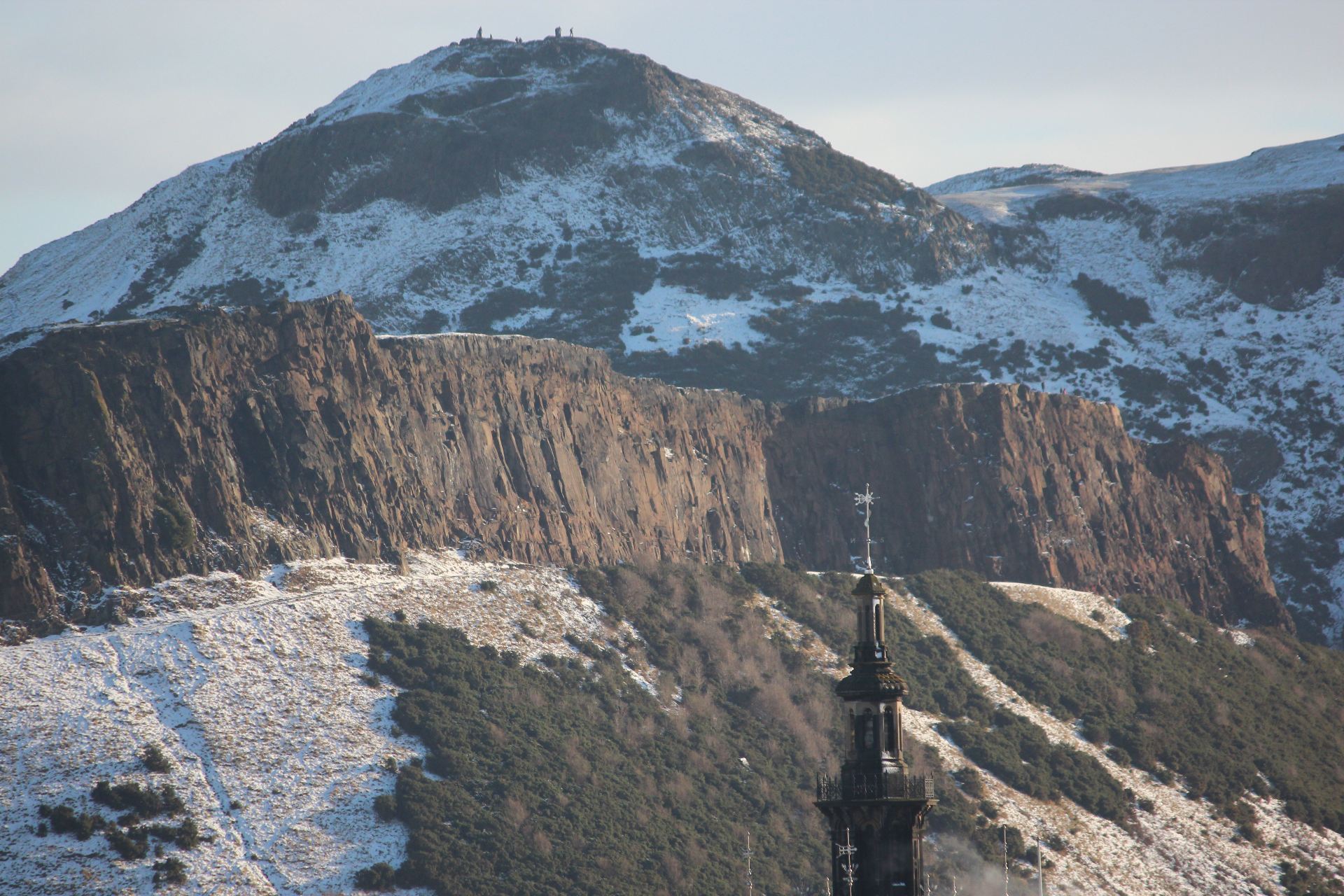Rangitito, Auckland’s youngest volcano
Rangitoto Island.
- Rangitoto is Auckland’s youngest volcano. Early eruptions broke out under the sea about 600 million years ago.
- Maori inhabitants on nearbye Motutapu witnessed these eruptions leaving trace footprints in ash. Scoria.
- As with all volcanos in the Auckland the driving force for activity on the surface is the subduction of the pacific plate beneath the australian plate.
- fountained from a central cone and basalt lava flowed freely from its base, overlapping to produce a symetrical shield shape. Mangere mountain is another example of a scoria cone.
- The lava flows cooled to from a hard crust on the surface. In places this was broken into slabs by the drag effect of lava flowing beneath.
- Lava sometimes drained to leave behind caves which are now open to view after roof collapse.
- On the foreshore at the wharf thick syrupy flows can be seen.
- Older volcanos North head and mountain Victoria lie accross the Waitemata.
- After 600 years there is very little soil on the surface of rocks for plants to grow.
- Mosses and lichens would have been the first colonisers. As they died a thin layer of humus formed
- Pohutukawa were the first trees to take hold in a very dry environment. The base rock is porous.
- After wind borne invaders arrived they attracted birds who brought with them more seeds to grow and develop.
Geology.
The photos.
How to get there.
By Fullers Ferries from Auckland Wharf. The cruise out to Rangitoto also offers the option of taking the Volcanic Explorer a tractor drawn train up the volcano rather than walking. You can cover more ground this :
Bibliography
A Field Guide to Auckland by Ewen Cameron, Bruce Hayward and Graeme Murdoch. Published by Random House New Zealand 2001.
Lava And Strata by Lloyd Homer, Phil Moore and Les Kermode. Published by Landscape publications limited in association with The Institute of Geological and Nuclear Sciences
